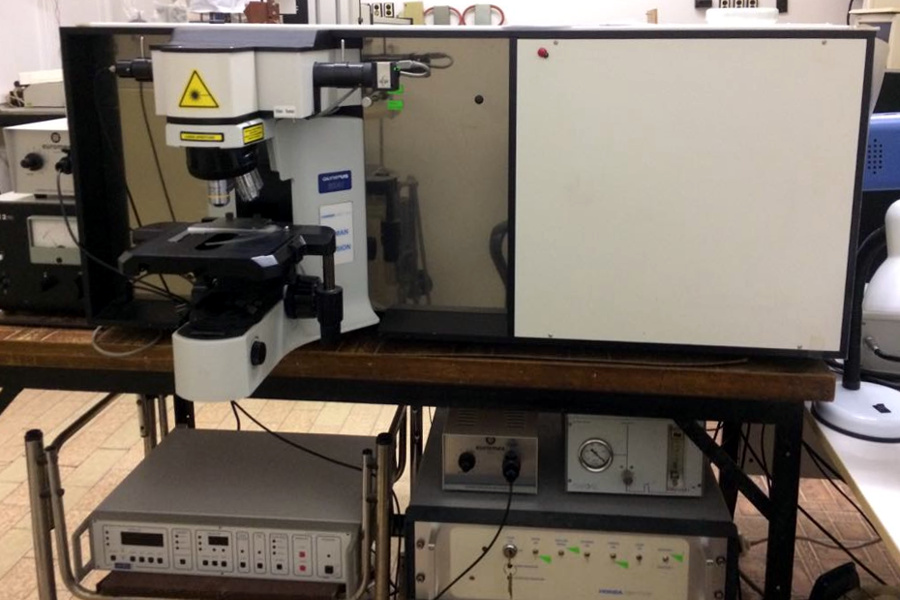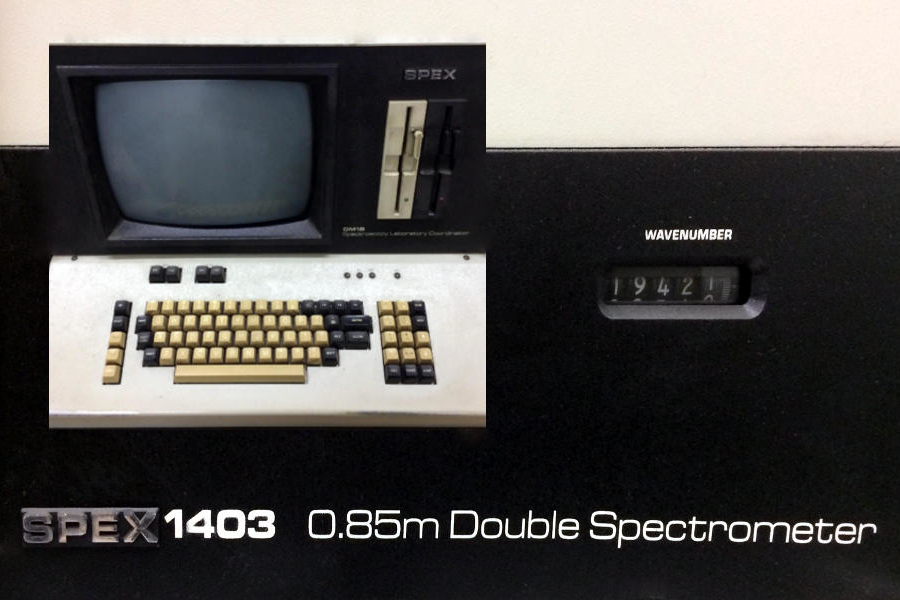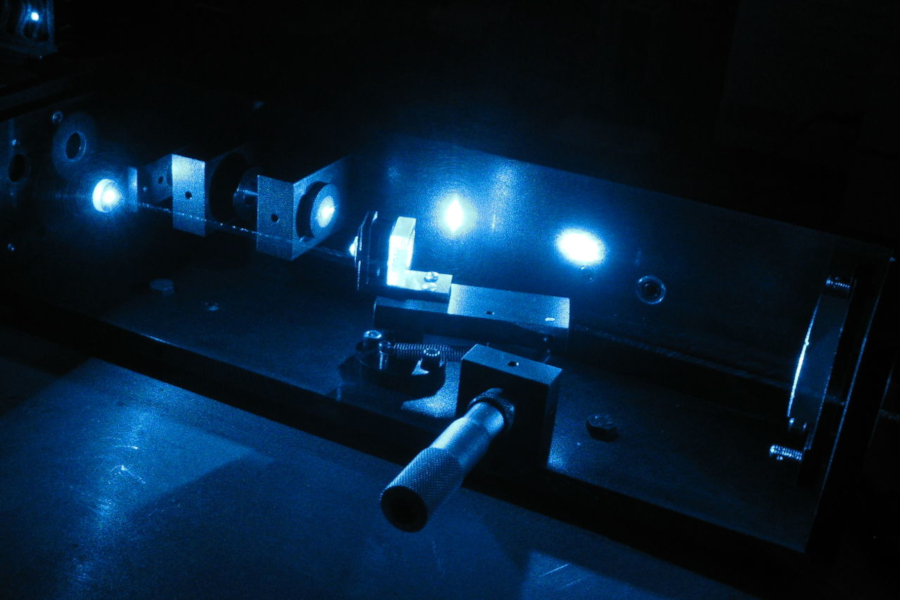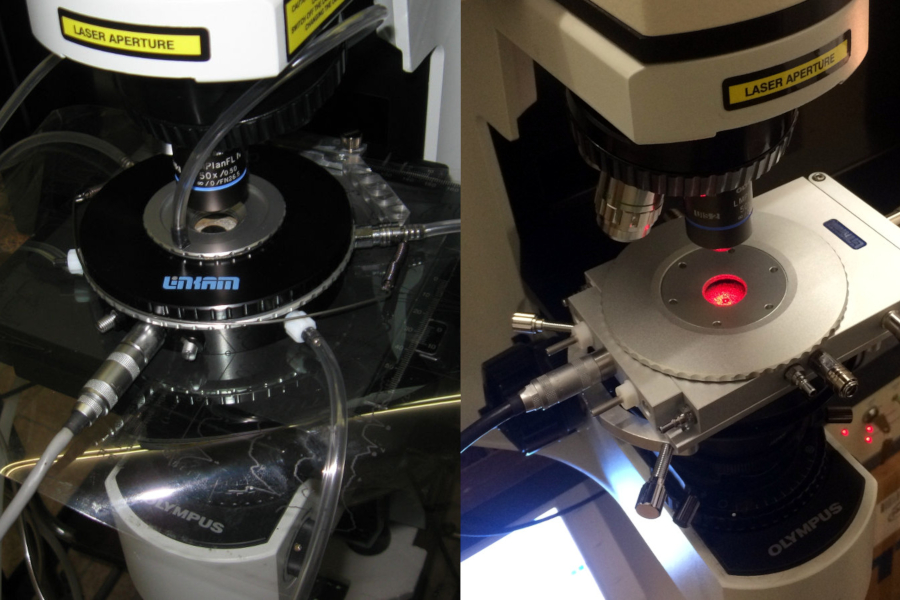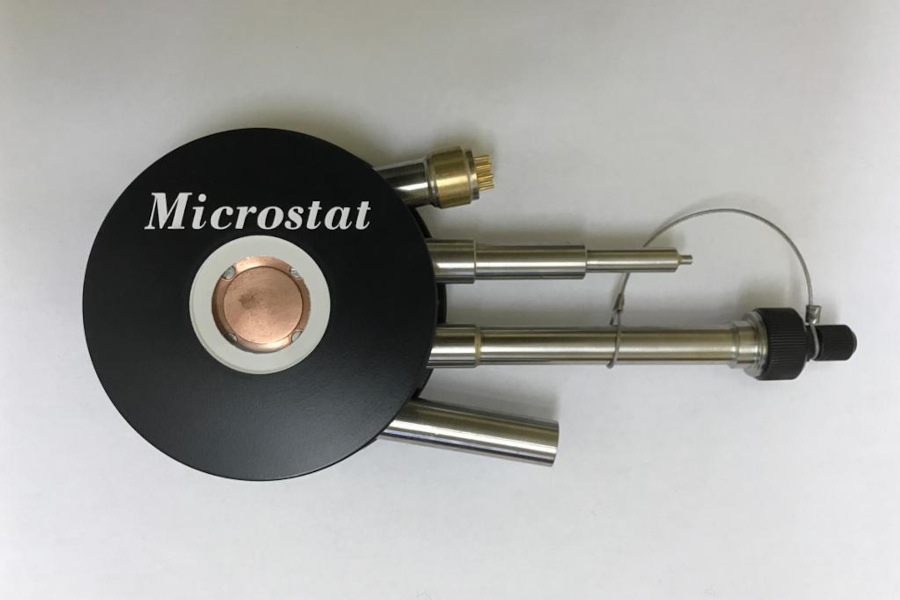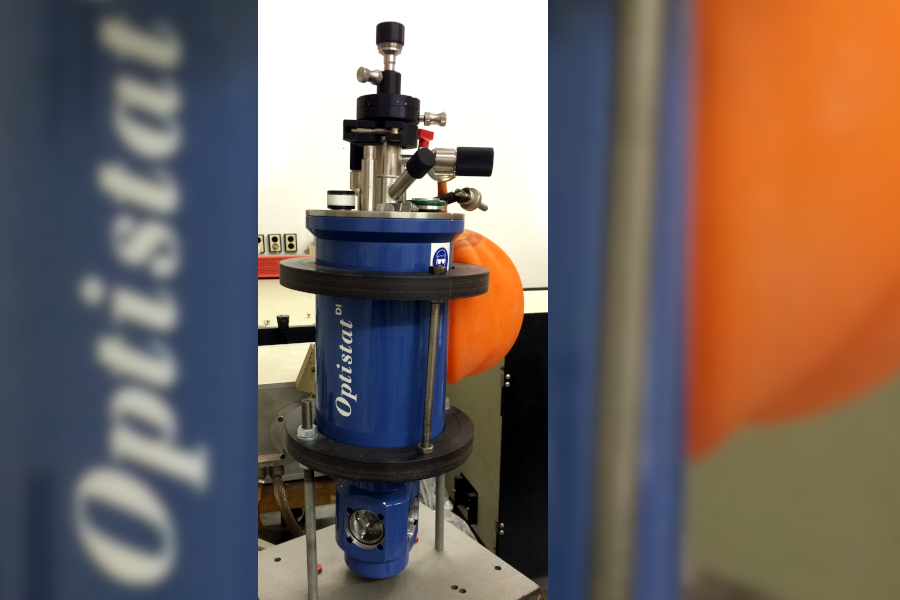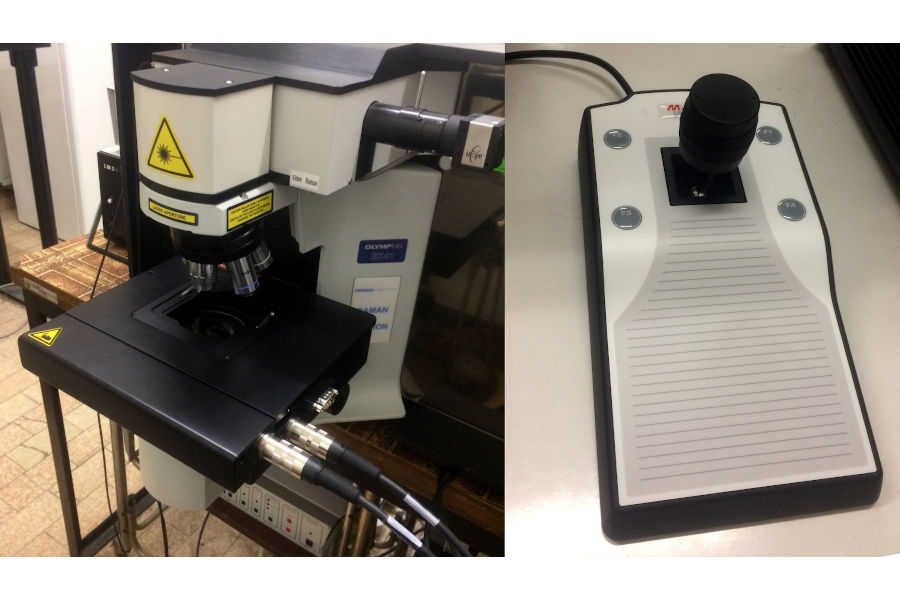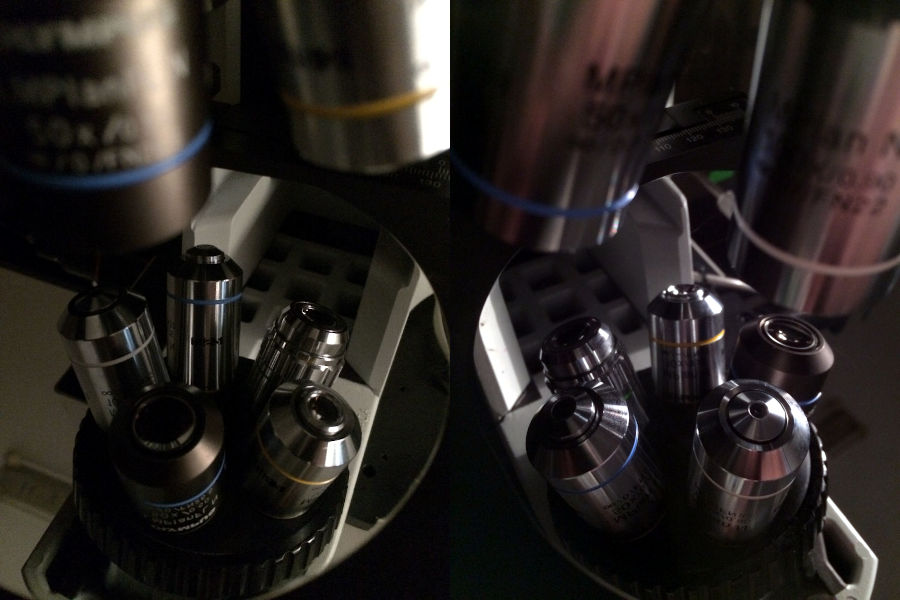History
The Laboratory "Spectroscopy of crystals" was founded in 1987 by M. Iliev, V. Hadzhiev (Faculty of
Physics at Sofia University) and I. Vergilov (Faculty of Geology and Geography at Sofia University), after
agreement between the Department of General Physics of Faculty of Physics and the Department of Lithology and
Petrography of Faculty of Geology and Geography for equipment integration. The aim was to provide a modern
facilities for research and training in Raman and fluorescence spectroscopy.
Initially, the laboratory was equipped with:
- triple Raman spectrometer Microdil 28 (Dilor);
- double spectrometer SPEX 1403;
- Ar+ lasers;
- closed cycle helium cryostat (10 – 300 K);
- heating-cooling stage Linkam TH600.
The foundation of the laboratory coincides with the discovery of a new class of materials -
high-temperature superconductors. The study of these and related materials by Raman spectroscopy becomes
the main scientific area of research for the laboratory, although other materials have been studied and other
experimental methods have been used. Initially the research on this topic was funded by the Science Committee and
later by the Commission of the European Communities (under contract CIPA-CT93-0032). In the period 1991-1997, four
doctoral theses and several diploma papers were prepared and defended in the laboratory.
Currently the laboratory research is highly diversified and includes a wide range of materials such as:
- transition metal oxides;
- carbon nanostructures: nanotubes, graphene;
- materials used in photovoltaic devices;
- catalytic materials;
- minerals;
- superconductors;
- materials for photochemistry and photobiology.
